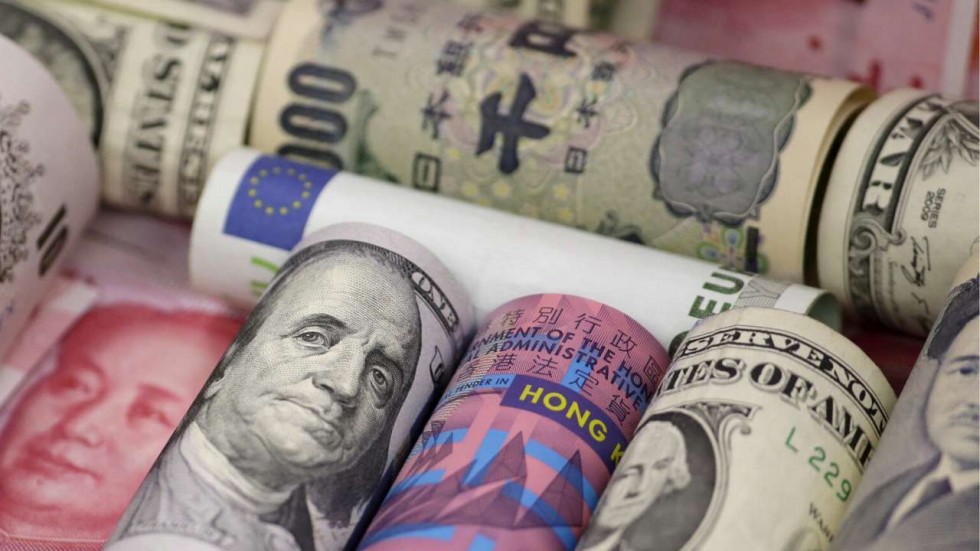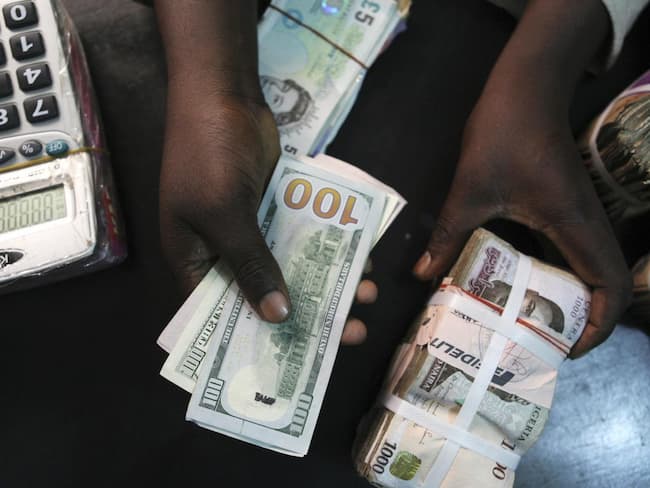Investors raised their short positions in Asian currencies over the past month, a Reuters poll showed, with bets on the Chinese yuan turning bearish for the first time in over a year as Sino-U.S. trade tensions intensified.
An atmosphere of uncertainty has kept investors on the defensive and in search of safe-heaven assets, as the fallout of the U.S. administration’s ‘America First’ agenda spreads to other major economies.
Consequently, demand for the Japanese yen has firmed, while U.S. debt yields have edged higher, underpinned by the U.S. Federal Reserve’s upward path for its benchmark interest rate, with a further two hikes likely this year.
This has kept the dollar supported against a basket of six major currencies. The greenback is set for a third consecutive month of gain.
With trade tensions between the world’s two largest economies escalating, short bets on the yuan are at their highest since November 2016, the poll of 10 respondents showed.
The Chinese currency weakened beyond a psychologically key 6.6 per dollar level for the first time in six months on Wednesday. The yuan has lost over 3 percent against the dollar this month alone, an unusually sharp move for the closely-monitored currency.
Expectations have grown that Beijing will allow the yuan to weaken further to soften the impact of trade tariffs imposed by the United States.
If the trade tensions were to have an impact on Chinese economic growth in the second half, that is going to have a spill over effect on growth in the region, said Khoon Goh, head of Asia research for ANZ.
From Mumbai to Jakarta to Manila, many regional central banks have tightened liquidity by raising rates in order to shore up their respective currencies, stem capital flight and tackle inflation.
At the forefront has been Bank Indonesia, which raised rates twice in May and, according to another Reuters poll, is likely to hike rates for a third time in six weeks on Friday.
Bearish bets on the fragile rupiah surged to their highest since October 2015.
Earlier in the week, Southeast Asia’s largest economy said its trade deficit narrowed to $1.52 billion in May, but was worse than expected, due to higher oil prices.
Stubbornly high oil prices have added to current deficit woes among net-importers of the commodity, with India being one of them. The United States has told countries to cut imports of Iranian oil from November, adding further upward pressure on prices as India is one of Iran’s top customers.
Investors increased their bearish bets slightly on the Indian rupee, despite the central bank raising rates in June for the first time in four years.
The rupee has been the region’s worst performing currency, weakening over 7 percent so far this year.
The Philippine peso comes in a close second as the region’s worst performer, prompting the country’s central bank to raise interest rates for the second time in six weeks with short positions on the peso at their highest since October 2008.
The risk premium is correlated to global trade growth which is under profound pressure from U.S. trade policies, Mizuho said.
The Asian currency positioning poll is focused on what analysts and fund managers believe are the current market positions in nine Asian emerging market currencies: The Chinese yuan, South Korean won, Singapore dollar, Indonesian rupiah, Taiwan dollar, Indian rupee, Philippine peso, Malaysian ringgit and the Thai baht.
The poll uses estimates of net long or short positions on a scale of minus 3 to plus 3. A score of plus 3 indicates the market is significantly long U.S. dollars< Reuters reports.
The figures include positions held through non-deliverable forwards (NDFs).













